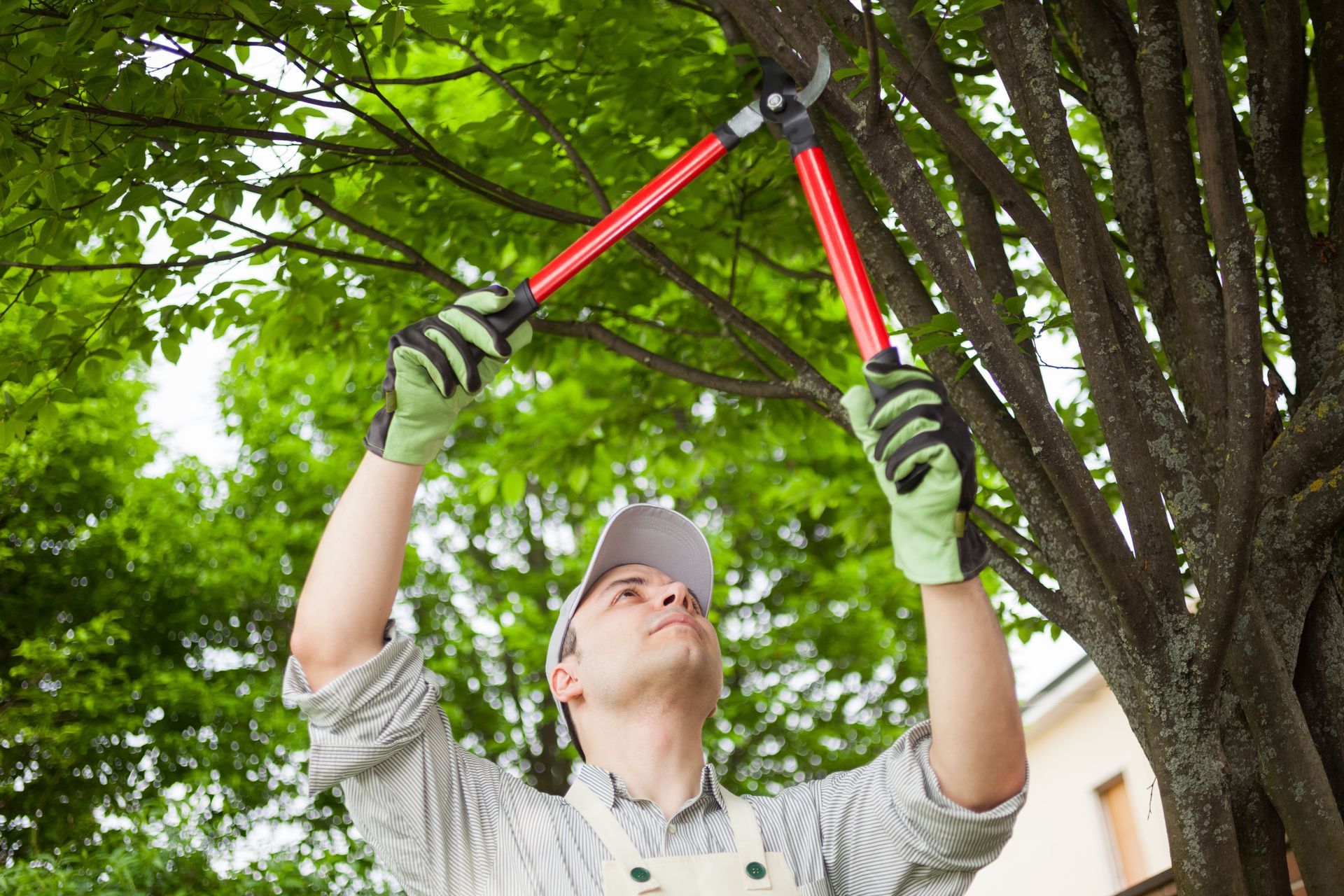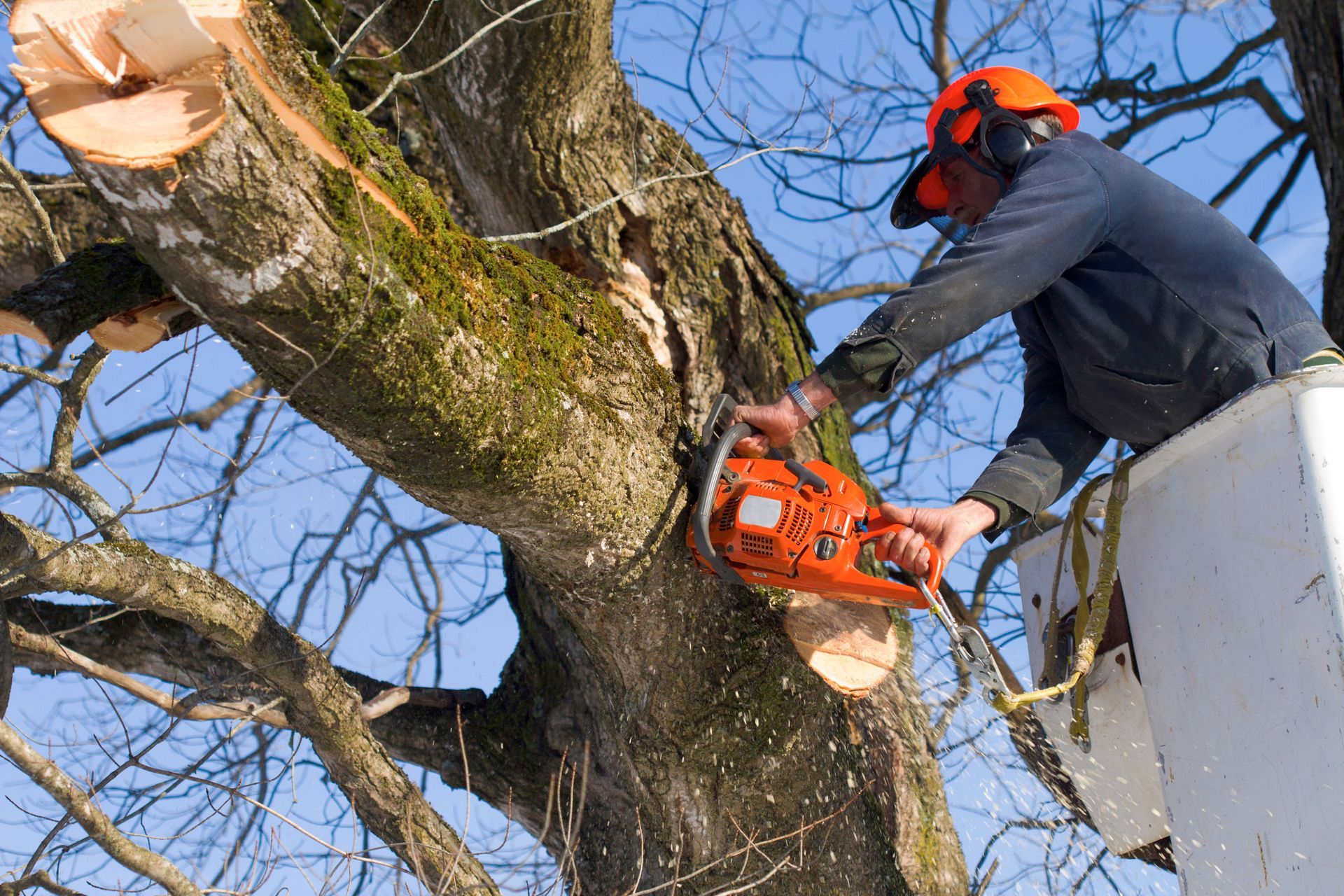What Are the Benefits of Tree Trimming?
Trees are an indispensable component of our urban and rural environments, providing aesthetic beauty, ecological benefits, and essential resources. However, like all living organisms, trees require proper maintenance to thrive. A crucial aspect of tree maintenance is trimming, which plays a vital role in ensuring tree health, improving safety, enhancing visual appeal, and supporting ecological balance.
Tree trimming is more than just cutting away branches; it is a careful process that involves removing dead or overgrown limbs to allow the tree to grow in a manageable and healthy manner. When done correctly, trimming can prevent potential hazards such as falling branches and encourage better air circulation and sunlight penetration. This article delves into the multifaceted benefits of tree trimming and why it should be a routine practice for anyone with trees on their property.
Whether you are a homeowner, a city planner, or a nature enthusiast, understanding the importance of tree trimming can lead to healthier trees and safer environments. By acknowledging the benefits of this practice, we can promote not only tree vitality but also the overall health of our communities and natural ecosystems. Let us explore the numerous reasons why tree trimming is essential in various aspects of life.
1. Enhancing Tree Health
Healthy trees contribute significantly to environmental stability and aesthetic pleasure, but ensuring their health often requires intentional maintenance. One of the primary benefits of trimming is the removal of dead or diseased branches, which can harbor insects and diseases that might spread throughout the tree. Over time, these problematic branches can drain the tree’s resources, hindering its growth and health.
Furthermore, trimming plays a critical role in preventing pest infestations. Many pests make their homes in dead or overgrown branches, and removing these sections decreases the likelihood of infestations that can weaken and even kill the tree. Regular trimming promotes a healthier tree by reducing the avenues for pest colonization.
Apart from managing pests and diseases, trimming enhances air circulation and sunlight penetration within the tree's canopy. This increased airflow and light penetration reduce moisture retention, another factor that can lead to disease. Adequate light and air reaching the inner branches promotes vigorous growth, resulting in a sturdy and resilient tree.
2. Improving Safety
Trees can pose significant safety hazards if not properly maintained, especially in urban and suburban settings. One of the critical safety benefits of tree trimming is reducing the risk of falling branches, which can cause injury or damage to property. Regular trimming ensures that dead or weak branches are removed before they become a threat.
Additionally, trimming helps ensure that trees do not obstruct walkways and roads, maintaining safe passageways for pedestrians and vehicles. Overgrown branches can obscure signs and streetlights or impede pedestrian traffic, which can lead to accidents and inconvenience. Keeping these pathways clear with regular tree maintenance helps uphold public safety.
Weather events, such as storms, can drastically increase the likelihood of trees causing damage. Trimming, by reducing the tree's wind resistance, lowers the potential for branches or even entire trees to be uprooted during such events. By maintaining the tree's structural integrity, trimming minimizes the risk of property damage and supports a safer community, especially during severe weather conditions.
3. Enhancing Aesthetic Appeal
Visually appealing trees can greatly enhance the beauty of any landscape, whether in a backyard or public park. Tree trimming contributes to a neat and tidy appearance by shaping the tree and removing unsightly branches. This meticulous process ensures that each tree complements its surroundings and contributes positively to the local visual environment.
Besides maintaining a clean appearance, trimming can encourage trees to develop a desired shape or structure, which might be particularly important in gardens or landscapes with specific design themes. Tailored trimming methods allow the manipulation of growth patterns to fit the aesthetic goals of the space. This artistic approach to tree care showcases the versatility and allure of well-maintained foliage. According to the Arbor Day Foundation, Trees provide shade and cool our cities by up to 10 degrees.
By improving views and vistas, thoughtful trimming can also increase property value, as prospective buyers often appreciate a well-kept landscape. Beautifully shaped trees that complement the natural architecture can make properties more appealing. Thus, tree trimming becomes an investment in the property’s overall aesthetic appeal and financial worth.
4. Improving Fruit Production
For fruit-bearing trees, trimming is essential not only for their health but also for optimizing fruit yield. By encouraging larger and healthier fruits, strategic trimming helps focus the tree's energy on producing quality over quantity. Removing crowded or nonproductive branches allows the remaining fruit to mature more robustly.
Trimming also enhances harvest efficiency by maintaining the tree at a manageable size and shape for easier fruit collection. Overgrown and tangled branches can hinder access to mature fruits and can even cause damage during harvesting. Careful trimming facilitates a more effective harvest process, which is a significant advantage for both personal and commercial fruit production.
Another critical benefit of trimming is preventing the overcrowding of fruits, ensuring that each piece of fruit has ample space and resources to develop correctly. Adequate spacing allows proper sunlight exposure, crucial for photosynthesis and overall fruit health. This is particularly important as trees' strategic location in landscapes can affect the microclimate, such as providing shade and cooling cities by up to 10 degrees, as noted by the Arbor Day Foundation.
5. Supporting Eco-sustainability
Tree trimming extends beyond individual tree health and into the broader realm of eco-sustainability. A well-maintained tree supports enhanced biodiversity by providing a healthy habitat for various species. Birds, insects, and other wildlife depend on trees for shelter and sustenance, and a healthy tree fortifies the local ecosystem.
Regular tree trimming can also promote tree longevity by preventing disease and structural issues that may jeopardize a tree's lifespan. Long-lived trees continue to provide essential environmental benefits, such as air purification, carbon dioxide absorption, and temperature regulation—contributions that are vital to addressing climate change impacts.
Additionally, supporting wildlife habitats by nurturing healthy trees indirectly protects other natural resources, like soil and water. Strong trees prevent erosion and maintain soil integrity. Sustainable tree management practices, including trimming, help ensure that these ecosystems continue to thrive without requiring extensive additional human intervention.
6. Facilitating Utility Management
Properly trimmed trees play a critical role in facilitating the management of utilities, particularly in minimizing disruptions such as power outages. Overgrown branches that contact power lines can cause outages and pose significant safety risks. Regular trimming helps keep utility lines clear and functional.
In addition to preventing power failures, trimming ensures safe utility installations by maintaining clearances around utility poles and wires. By safeguarding against hazards posed by nearby trees, utility companies can reduce service interruptions and enhance public safety. Moreover, these preventative measures lead to lower maintenance costs by minimizing emergency repairs and damage-related expenses.
Encouraging tree trimming practices around power lines also promotes public safety by reducing the likelihood of accidental electrical contact. This is crucial in populated areas where trees coexist with necessary infrastructure. Maintaining a balance between natural growth and utility management is essential for a functional and safe community environment.
Tree trimming offers a wealth of benefits that extend well beyond simple maintenance. It enhances tree health by removing potential hazards and preventing disease, all while boosting growth and vitality. Also, by reducing dangers posed by falling branches and overgrowth, trimming greatly improves safety in both urban and rural environments.
In summary, regular tree trimming is an essential practice for maintaining healthy and safe environments. By engaging in this age-old practice, we not only enhance the beauty and function of our landscapes but also contribute to a more sustainable and safer world. Tree trimming, therefore, should be viewed as a vital component of environmental stewardship, benefiting people and wildlife alike. Be sure to reach out to Coal River Tree Services LLC today for more information on our professional tree trimming services!



Share On: